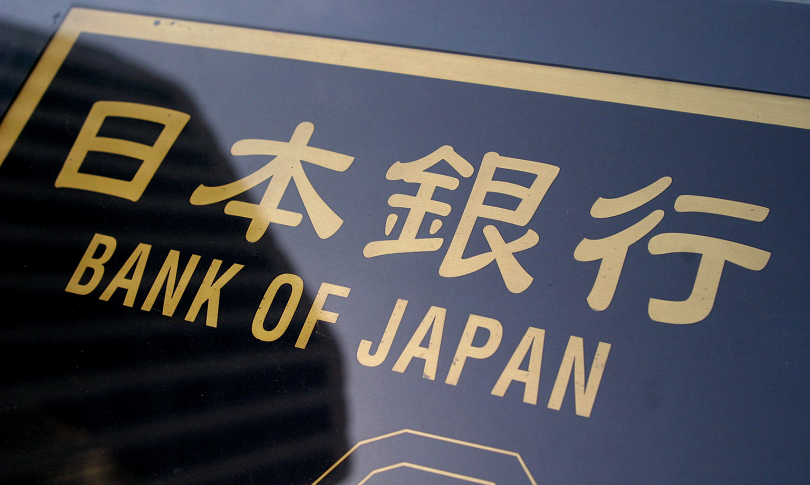April 28, 2016 – Japan’s central bank has opted not to expand its massive stimulus policies to boost growth, apart from channelling extra support for financing disaster recovery efforts on the earthquake-stricken southern island of Kyushu.
The Bank of Japan said it would provide up to 300 billion yen ($A3.55 billion) in zero-interest rate loans to financial institutions in the disaster-affected areas.
But it left other aspects of its asset purchases and interest rate policies intact.
The announcement followed news that factory output rose in March while core inflation and consumer spending fell, underscoring a lack of confidence among households whose buying power remains the key to sustained growth.
The data had raised expectations that the Bank of Japan might tweak its stimulus efforts to prop up the recovery of the world’s third-largest economy.
Disruptions from twin earthquakes that struck on April 14 and 16 in Kyushu, killing 49 people, accentuated concerns over stalling growth, with some economists forecasting Japan may have returned to recession in the first quarter of the year.
The quakes affected a limited area, but still damaged suppliers to major manufacturers including Toyota Motor Corp and Sony.
BoJ governor Haruhiko Kuroda has said he will do whatever it takes to attain an inflation rate of about 2 per cent, which the government’s planners say is crucial for spurring growth.
Kuroda has made it his mission to vanquish deflation, which tends to discourage companies from investing in new plants and equipment and hiring more workers. But in March, Japan teetered back into deflation, with core inflation excluding volatile food prices at minus 0.3 per cent.
A recent strengthening of the Japanese yen and a relapse in crude oil prices have obstructed progress toward the BOJ’s inflation goal: the price index excluding energy prices rose 0.7 per cent on an annual basis.
Japan’s main share benchmark, the Nikkei 225 index, plunged 3.2 per cent after the BOJ’s announcement, to 16,739.75.
It had gained 1.3 per cent early on Thursday, as market players wagered that extra central bank stimulus would help weaken the Japanese yen. Major exporters reap a windfall when the yen sinks, swelling profits earned overseas.
The US dollar dropped to 109.19 yen after the BoJ decision from 111.88 yen earlier in the day.
The data released earlier in the day showed industrial output rose 3.6 per cent in March from a year earlier, better than most forecasts, as manufacturers ramped up production of transport and metal working machinery and office equipment.
But consumer spending contracted by 5.3 per cent.
Japan’s jobless rate shrank to 3.2 per cent in March from 3.3 per cent the month before, while household incomes edged up 0.3 per cent from a year earlier.
Raising wages is key to enticing consumers to spend more, but despite the tight job market, so far most increases have gone to low paid part-time workers whose budgets are already stretched tight.

